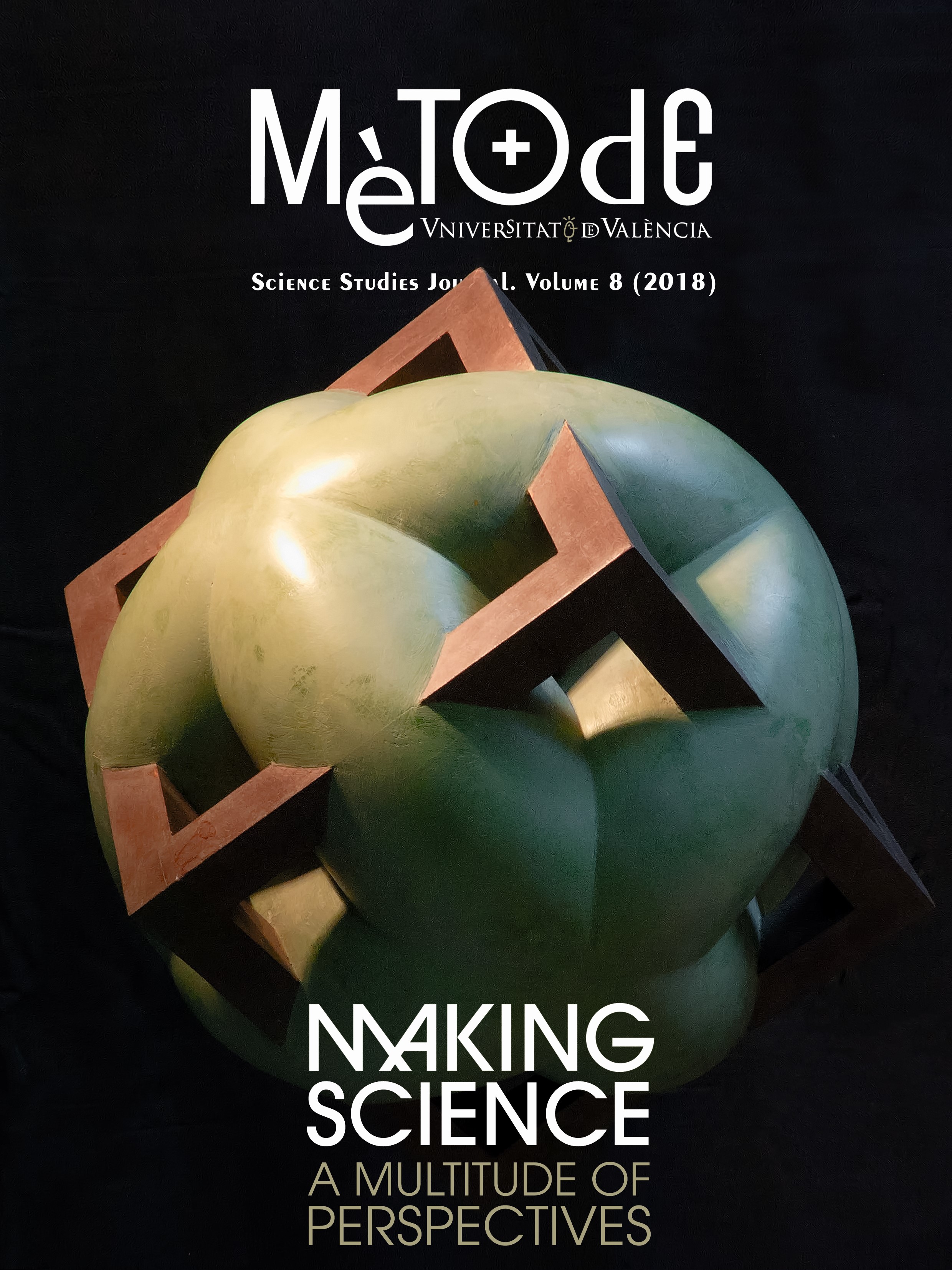Death and literature: Different approaches, from simplicity to obscurity
DOI:
https://doi.org/10.7203/metode.8.10567Keywords:
death, literature, medical humanities, grief, approaches to dying Abstract
Abstract
This study looks briefly at a range of ways in which writers have approached the concept of death, from expressions of personal grief, through to the ways in which attitudes to death represented in a culture are also picked up and used by writers from the culture concerned. Writers considered are mostly (but not all) from the English and Spanish language traditions, and in particular Seamus Heaney, Thomas Hardy, Miguel de Cervantes and Federico García Lorca. The point is made that not all writing about death is centred on death as a source of personal grief, though a great deal is. Also considered is the way in which some writing about death is transparent, and in a sense overtly simple, while other writing is less so, and may even seem obscure.
 Downloads
Downloads
 References
References
Camus, A. (2012). The outsider.London: Penguin.
Catullus. (n. d.). Catullus 65. Retrieved 22 July 2017, from https://en.wikisource.org/wiki/Translation:Catullus_65.
Cervantes, M. (1999). El ingenioso hidalgo Don Quijote de la Mancha. Retrieved July 22, 2017, from http://www.gutenberg.org/files/2000/2000-h/2000-h.htm#2_lxxiv.
Cervantes, M. (2004). Don Quixote. Retrieved July 22, 2017, from http://www.gutenberg.org/cache/epub/996/pg996.html.
Eliot, V., & Haffenden, J. (Eds). 2014. The letters of T. S. Eliot, vol 5: 1930–31. London: Faber.
García Lorca, F. (1974). Teoría y juego del duende. Romance sonámbulo. In A. del Hoyo, (Ed.), Obras completas vol. 1 (pp. 1067–1082, p. 1085). Madrid: Aguilar.
García Lorca, F. (2015). Romancero gitano. Poema del cante jondo. Poesía completa II. Barcelona: DeBolsillo.
Hardy, T. (1994). After a journey. In M. Irwin (Ed.). The collected poems of Thomas Hardy. Ware: Wordsworth Poetry Library.
Heaney, S. (1987). Clearances. In S. Heaney, The Haw lantern. London: Faber and Faber.
Johnson, S. (1986). On the death of Dr. Robert Levet. In J. D. Fleeman (Ed.), Samuel Johnson: the complete English poems. Yale: Yale University Press.
Kellehear, A. (Ed.). (2009). The study of dying: From autonomy to transformation. Cambridge. University Press.
O’Driscoll, D. (2008). Growing into poetry. In D. O’Driscoll (Ed.), Interviews with Seamus Heaney(p. 39). London: Faber and Faber.
Salinas, P. (1955). Lorca and the poetry of death. Carleton Drama Review, 1(2), 14–21.
Sensitivity to things. (n.d.). The poetry of death. Retrieved from http://sensitivitytothings.com/2008/03/22/poetry-of-death
Shikibu, M. (2003). The tale of Genji. London: Penguin.
Skelton, J. R. (2009). Dying in Western literature. In A. Kellehear (Ed.), The study of dying: From autonomy to transformation(pp. 188–210). Cambridge: University Press.
Tennyson, A. (2017). In Memoriam A. H. H. Victoria: Leopold Classic Library.
The Thomas Hardy Society (n. d.). After a journey. Retrieved July 25, 2017, from http://www.hardysociety.org/poems/all.php.
Downloads
Published
How to Cite
-
Abstract1632
-
PDF972
Issue
Section
License
![]()
All the documents in the OJS platform are open access and property of their respective authors.
Authors publishing in the journal agree to the following terms:
- Authors keep the rights and guarantee Metode Science Studies Journal the right to be the first publication of the document, licensed under a Creative Commons Attribution-NonCommercial-NoDerivatives 4.0 International License that allows others to share the work with an acknowledgement of authorship and publication in the journal.
- Authors are allowed and encouraged to spread their work through electronic means using personal or institutional websites (institutional open archives, personal websites or professional and academic networks profiles) once the text has been published.





